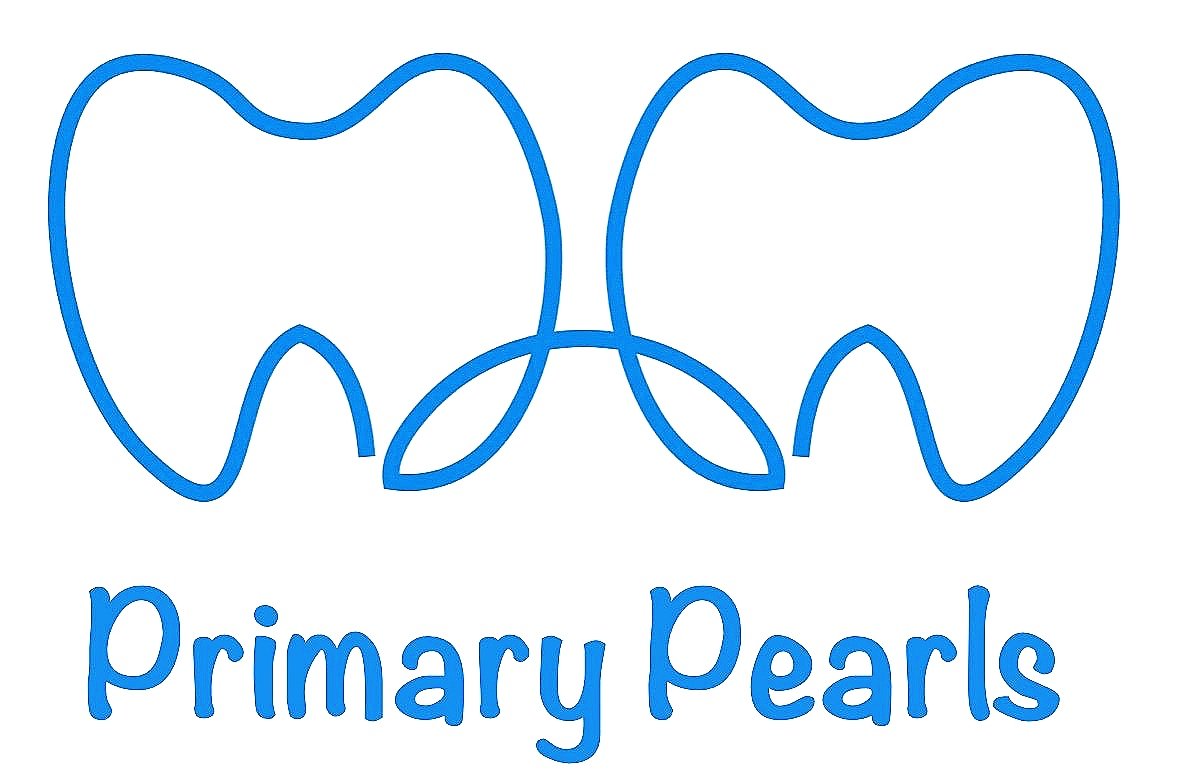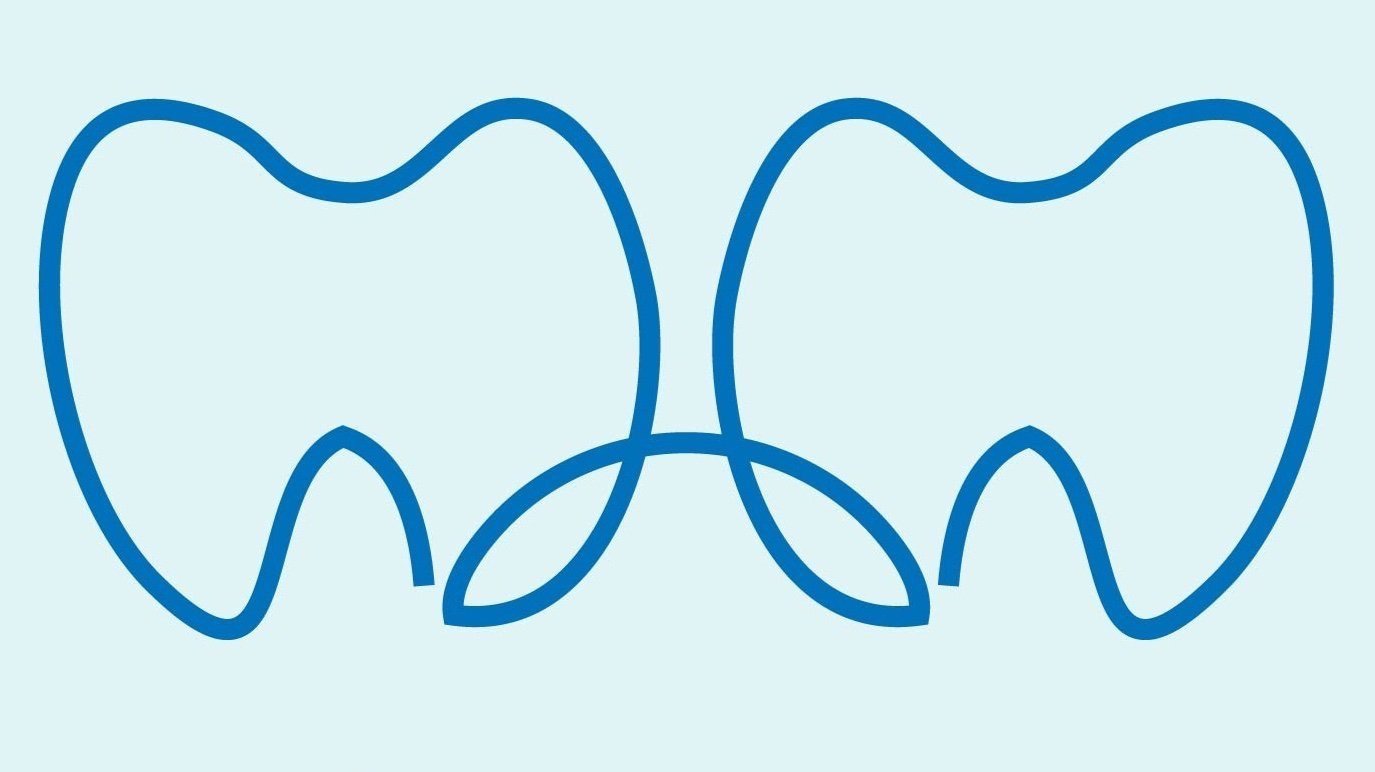Teething
When do the teeth grown in?
Some children are born with teeth (natal teeth) and some get teeth within the first month of life (neonatal teeth), but that’s not the norm.
Most children will begin to get teeth between 5-6 months. The first teeth to erupt are usually the lower front teeth (incisors), but sometimes it’s the upper front teeth.
By your child’s first birthday, most kids will have 8 teeth - the 4 upper and lower incisors. By the second birthday, the 4 eye teeth (canines) and 4 of the back teeth (1st molars) have grown in. At age 3, your child will probably have grown in their last 4 baby teeth (2nd molars). Once these teeth are in, no more teeth will grow in, or fall out, until around the age of 6.
The American Academy of Pediatric Dentistry has a convenient eruption chart here.
If your child doesn’t fall into this pattern, don’t worry; deviations of +/- 6 months are normal.
How can I tell if my child is teething?
The earliest signs of teeth are an increase in drooling and chewing on things (fingers, toys, crib rails, etc.) and an increase in general fussiness. As the teeth work their way through the gum tissues, there can be a lot of inflammation and discomfort.
This discomfort can disrupt sleep patterns and be tiresome for your child. This can lead to illness, low-grade fevers, GI problems, and all the other things that are related to teething.
If your child is experiencing these symptoms, take a look in the mouth and look for signs of tooth eruption. Sometimes it can be very subtle (as seen below).
Lower Right Second Molar beginning to erupt in a 27 month old.
Every child is different. For some kids, you won’t even notice when they’re teething; for other kids, it’s a tough stage.
What can I do when my child is teething?
The goal is to treat the discomfort and inflammation. If you get these under control, the other problems should get better too.
OraJel and topical analgesics are no longer recommended by the FDA. Some children have experienced bad reactions to the medications. You can read the paper about it here.
For the first line of treatment, we recommend that your child chew on cold items, such as frozen or chilled washcloths, cold teething rings, etc.
Second, if your child seems very uncomfortable (especially before or during bedtime), we recommend a dose of over the counter pain medication (tylenol or advil). Before you give this, check with your pediatrician or pediatric dentist for dosing.
There are some other “homeopathic” products on the market, such as teething tablets, rings, and necklaces. We’ve had parents swear by them and their effectiveness. Most of the substances contained in these products are safe, but again, check with your pediatrician or pediatric dentist before using.
Old school treatments, such as dipping a pacifier in some whiskey or honey, are not recommended, and are unsafe.
Fortunately, it typically only lasts a few days (up to a week) before the inflammation and pain subsides.
We recommend scheduling a visit with your pediatric dentist once your child starts teething.
Setting a good habits with regards to your child’s diet and toothbrushing at this age can have a major impact on their future dental health.
Until that appointment, you can read about diet here..And toothbrushing here.


